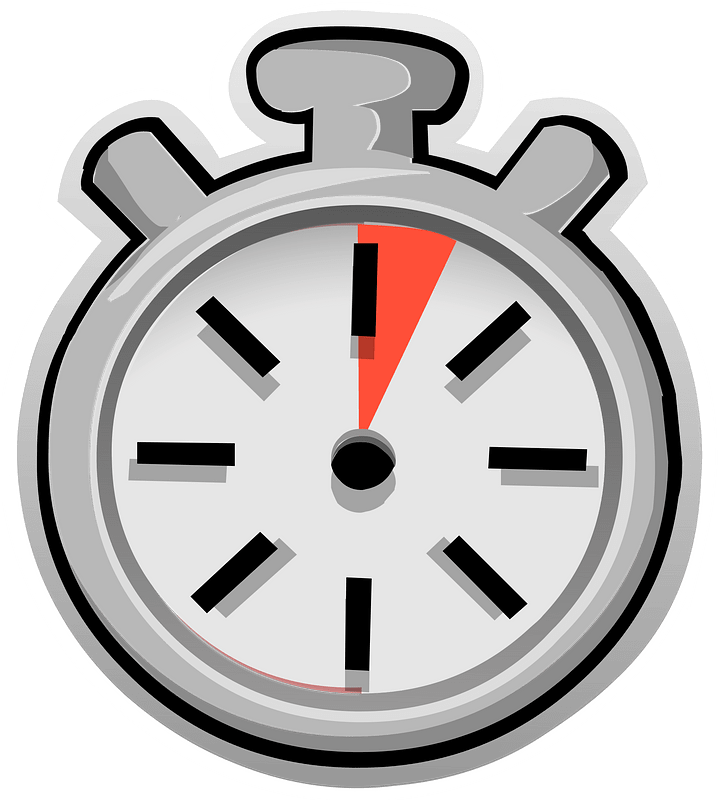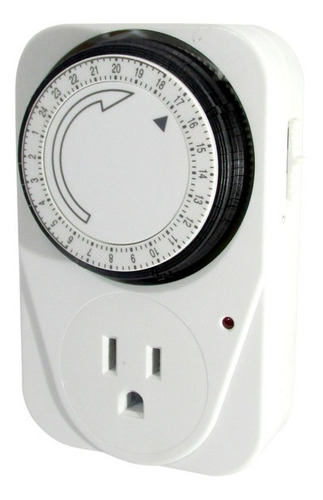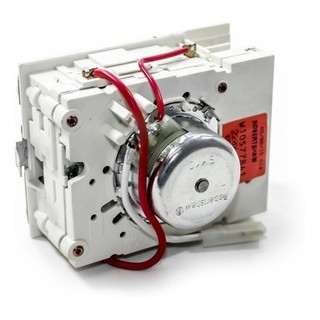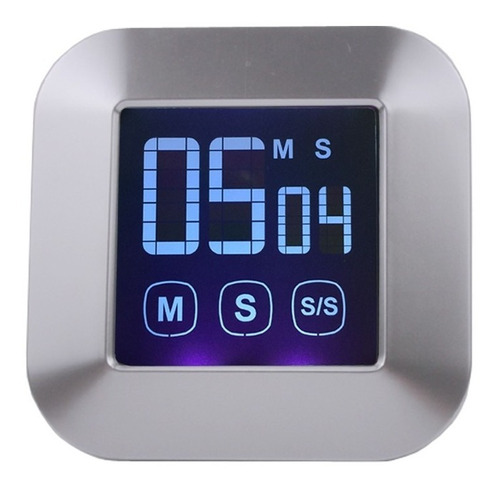
To be really productive with article writing, we need a timer.
From this argument comes a thought: “Surely a timer won’t help. If a stopwatch were the solution to the problem, all the writers in the world would buy a magic stopwatch and that’s it! the article would be written.”
But let’s put that objection aside for a second and examine why a stopwatch works.
A timer works on three separate fronts:
- Edition
- Topics
- Outlining
The edition…
Normally, we always aim to publish a perfect article. This is really a problem. We write, cancel, edit, edit, write, delete, edit, edit the story that is familiar to you without a doubt. And that’s just the first reason. The second reason is simply the choice of themes.
The topics…
Normally when we are writing you will have about twenty topics. But even if you only have two or three threads, problems soon began. You’ll start writing a topic, decide it’s too difficult, move on to the second, then jump to the third. It consumes your time and leaves you frustrated. But if you have a timer, the message is clear, you don’t have time. This is your topic, now get to work. This gives you a clear sense of focus and furthermore forces you to resort to the third point, namely outlining.
The Outlining…
Outlining becomes critical when a timer is involved.
Without a timer, it’s easy to just jump into an article, get lost, and start all over again. But when time is short, you need a checklist outline. You are forced to spend a few minutes creating an outline. And that forces you to make sure you don’t linger on the contour either.
Use an online timers can help you! They are extremely practical to use, as no installation is required.




